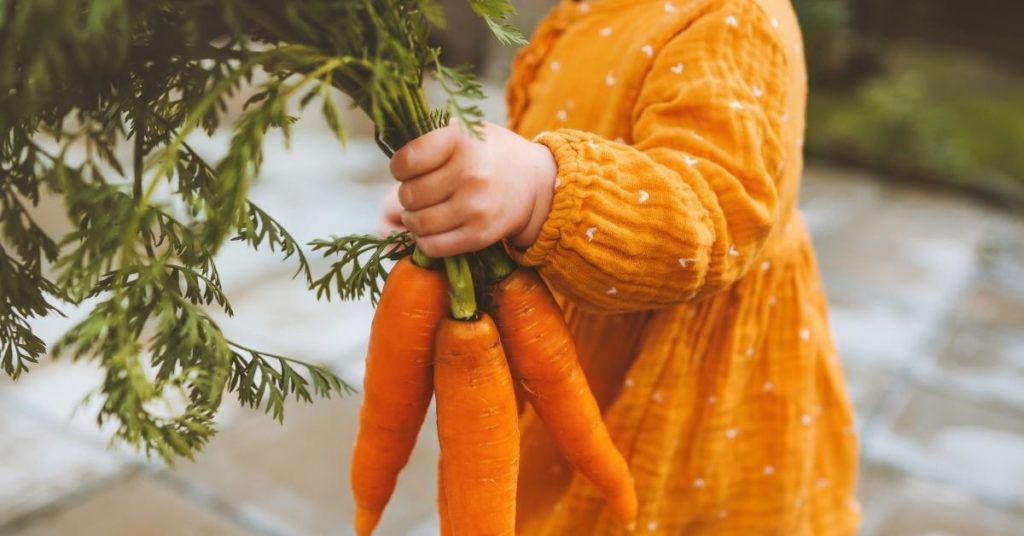Plant-based Nutrition

Although there are many options available for vegetarians, Leslie Beck, a Toronto-based registered dietitian and director of Food and Nutrition at Medcan, says, “The biggest dietary movement in Canada today is flexitarianism. People who eat a flexitarian diet eat a mostly plant-based diet but do occasionally eat meat.”
As for the motivation to eat more plants, Beck points out, “Whether it’s a strict vegan diet or a flexitarian approach, the main driving force for most people is health”.
According to Heart & Stroke Canada, vegetarian diets may lead to lower blood pressure, improved cholesterol levels, healthier weight, and a lower incidence of Type 2 Diabetes, all of which can reduce the risk of heart disease and stroke.
Plant-based eating 101
Plant-based eating means choosing proportionately more of your foods from fruits and vegetables, beans, lentils, soy, whole grains, nuts, and seeds. It doesn’t mean never eating meat or dairy.
For example, the Mediterranean diet is considered plant-based because the daily foods include fruits, vegetables, and grains. Another is the pescatarian diet – a plant-based diet that includes seafood.
Getting Nutrients from a Plant-based Diet
Iron
Women who are menstruating are at a greater risk of lower iron levels. The type of iron found in red meat, called heme iron, is efficiently absorbed by the body. In contrast, the iron in plant foods like beans, lentils, grains and nuts, called non-heme iron, is less efficiently absorbed. As a result, menstruating women who eat a vegan diet have iron requirements that are 1.8 times higher than meat-eaters; they need to consume 32 milligrams of iron each day. A non-vegetarian female between the ages of 19 to 50 needs 18 milligrams of iron.
But not to worry, many plant-based foods are good sources of iron. For example, beans and lentils are excellent sources; so are soybeans and tofu as well as fortified breakfast cereals, cooked spinach, certain vegetables, and blackstrap molasses.
Tip: By including a vitamin C-rich food in your meal, you’ll enhance the absorption of non-heme iron. Try adding chopped red pepper or sliced strawberries to a spinach salad.
Calcium and Vitamin D
After age 50, women’s calcium requirements increase from 1,000 to 1,200 milligrams a day to help guard against the loss of bone density that occurs after menopause. Most people think about dairy products to meet these needs. But there are certain vegetables, like bok choy and rapini, that supply a good amount of absorbable calcium. Of course, certain beans, almonds, and almond butter are also good sources. Fortified non-dairy milks, whether almond, cashew or oat, are excellent sources, too.
Tip: An eight-ounce (or 250 ml) serving of fortified non-dairy milk will provide the same amount of calcium (300 milligrams) as a cup of cow’s milk.
Omega-3 Fatty Acids
If you eat a pescatarian diet, oily fish like salmon, trout, and sardines are rich sources of two heart-healthy omega-3 fats called DHA and EPA for short. You can also find a plant-based omega-3 fat, called ALA, in chia seeds, flaxseeds, walnuts, and hemp seeds.
Zinc
Think beans, legumes, and whole grains.
Tip: Soak the grains and beans before cooking to remove the phytic acid found in these plants, which hinders zinc absorption.
Other reasons for plant-based movement
Consider this 2018 study published in the journal of Science. Joseph Poore, at the University of Oxford, UK, who led the research reported, “a vegan diet is probably the single biggest way to reduce your impact on planet Earth. Not just greenhouse gases, but global acidification, eutrophication, land use and water use. It is far bigger than cutting down on your flights or buying an electric car,” he said, as these only cut greenhouse gas emissions.
For those who may be unsure about wading into a vegetarian lifestyle, Beck says, “it’s possible to eat a healthy and well-balanced vegetarian diet that supplies you with all the nutrients your body needs – and help the planet at the same time.”
Social Media Links:
